Born of Covid, with a design, translation and insights for experts and first-timers alike, the Chabad.org Haggadah, released just yesterday, is already popular and topping Amazon as #1 Haggadah.
By Menachem Posner and Mordechai Lightstone – Chabad.org
Why is this Haggadah different from all other Haggadahs?
The Passover Haggadah has seen more editions than any other Jewish book in history. Yet the recently released Chabad.org Haggadah, which is faithful to tradition, effortlessly accessible and refreshingly inspirational, has arrived as a new standard for this era.
Even as the coronavirus pandemic has sent shockwaves through the world for more than a year, Jewish individuals and communities have discovered innovative ways to access and celebrate their heritage, traditions and holidays. As some institutions reopen and freshly vaccinated people gather, the world as we know it has changed. This ambitious Haggadah is the first to address the Seder needs of a post-pandemic era grappling with the central Passover theme of Exile and Redemption in entirely new and unexpected ways.
Born in the depths of the lockdowns that have forced many to conduct their own Seders for the first time, without cues from a senior family member at home or a rabbi conducting a public seder, Chabad.org has created an aesthetically pleasing Haggadah—whose English text is designed to be both faithful to the Hebrew original and eminently readable—provides clear reading cues and instructive notes to help a novice Seder leader perform their new role like a pro.
Chabad.org has culled over two decades of insight and resources for the Seder, combing through the frequently asked questions and requests of millions of readers, to create a Haggadah ideally suited to speak to the largest number of people.
The final product, created by the world’s most popular and content-rich Jewish website, Chabad.org, speaks ancient wisdom in a modern voice, blending seamlessly with the kind of discussion you would expect to find at a Seder of engaged contemporary Jews. It is available in PDF format for downloading and printing in advance of Passover, which is celebrated this year from Saturday night, March 27 through Sunday, April 4.
“After a difficult year, this Passover will be the first time in a long time that many families—my entire family among them—can finally sit around the table together for the Seder,” says Daniel Rakhamimov, a product designer at Snapchat. “As a designer, I know how much detail matters: The Haggadah shows the care and love that went into the experience and it’s clear how much went into this Haggadah from the beautiful illustrations to the little gems of commentary that would otherwise get lost in translation. I’m really looking forward to using it at the Seder.”
A Modern Conundrum
Rethinking how the Seder experience can be more relevant for a new era is a daunting undertaking by any account.
“Creating a Haggadah that speaks to all Jews and every Seder has truly been a team effort,” says Rabbi Meir Simcha Kogan, Chabad.org’s director, who served as the project’s executive editor. “The editors, designers, and technical teams all played an important part in creating a seamless experience that brings an exciting new Haggadah to you for the Seder.”
The Chabad.org Haggadah was compiled by senior writer Rabbi Tzvi Freeman, award-winning author of Wisdom to Heal the Earth, who has long blazed a path of presenting Jewish mystical concepts in clear and contemporary English prose.
The text of the Haggadah is perhaps the most familiar work of Jewish liturgy in the world. Yet making the text, written in classic Hebrew and Aramaic, accessible has long been a new challenge for every era.
“The act of translating the Haggadah in a way that speaks to the modern Jew is a unique conundrum.” says Freeman. Many Haggadahs, looking to make the vast corpus of Jewish wisdom accessible to a modern audience, must choose between two seemingly disparate worlds. “Plenty of wonderful commentaries have appeared in English, drawing from early Talmudic masters to current-day Jewish thinkers, and people enjoy sharing nuggets from those,” says Freeman. “Plenty of rewrites have also appeared,” adapting the text to suit one need or another, “but those lose the sense of continuity-over-epochs that we come to the Seder to experience.”
The Haggadah—rich in Biblical prose, Talmudic-style exegesis and multi-layered rabbinic dialogue—proves difficult to translate. For centuries, when a Jew well versed in the Talmud would open the Haggadah, the text would reveal oceans of meaning. The structure, flow, purpose and place of each section was clear. The characters, sages whose words had been studied all year were instantly recognizable. The reader perceived nuances in their words, allusions in every detail.
But to many today, especially those leading a Seder for the first time in small groups or on their own, these worlds of meaning are imperceptible.
From a Seder participant standpoint, a translation with commentary doesn’t provide the intended experience in any shape or form for today’s Jew, notes Freeman. The traditional layout of commentary forces the reader’s eyes to the margins, disengaging them from the text.
How then can the timeless wisdom speak to a new audience in a way that brings the past into conversation with the present?
The solution to this challenge lies in the most ancient of Talmudic arts.
Ancient Methodology
The solution, marrying commentary and text, timeless tradition and cutting-edge modernity, is found in a classic solution: Targum.
The classic targumim, the ancient Aramaic renditions of Biblical texts, don’t simply translate the words. They provide context, fill in details, explicate hidden meanings—in other words, they attempt to improve on the original by bringing to the surface all its hidden riches.
Looking to the methodology of Onkelos, Yonatan ben Uziel and others, the new text includes elucidations built into the translation, inserting just the right amount of commentary to provide context and flow to the original.
Some 800 years ago, Maimonides shared this concept of translation with Rabbi Shmuel ibn Tibbon, who translated some of Maimonides greatest works from Arabic to Hebrew: “One who wishes to translate from one language to another by rendering each word literally and adhering to the original order of words and sentences … will end up with a translation that is difficult and confusing. Instead, the translator should first try to grasp the sense of the subject and then explain the theme, according to his understanding, in the other language … .”
To accomplish this monumental task for the Haggadah meant taking a deep dive into the Biblical, Talmudic and Haggadah commentaries that analyze the text, as well as the wisdom of the Chassidic masters, that breath deeper meaning in its practices and words.
A key resource were the annotations to the Haggadah that the Rebbe published in 1946.
“The Rebbe did an astonishing job of demonstrating the cohesiveness of the text,” Freeman points out. “Poring through those notes, you come to realize there’s really nothing there superfluous or out of place in the Haggadah. Everything that’s there has to be there, and it has to be just where it is.”
At the same time, all the depth and detail presented in this Targum is written entirely in the modern vernacular—the way people actually speak.
Cutting-Edge Design
The layout of the Haggadah was designed from the ground up, focusing on ease of use and accessibility, enabling anyone to lead a Seder—even for someone who has never attended one. Visual cues guide even the novice reader, not only conveying the “what” and “how” of each step, but also clearly pointing to the “why.”
The Haggadah even addresses the “who” of the Seder, providing helpful suggestions for which texts should be read aloud by one person and which should be read (or sung) as a group, designed to engage all participants.
Carefully crafted visual cues and stunning graphics—culled from Chabad.org’s signature trove of art and illustrations by Sefira Ross. Additional art by Rivka Korf is also featured. All of this help set the tone and keep the user focused on their journey from slavery to freedom, gleaning inspiration, insight and instructions along the way to keep them going until next Passover.
“There is a Chabad-Lubavitch influence in just about every Seder around the world,“ says Rabbi Motti Seligson, associate director of Chabad.org, who oversaw the design of the project. “Sometimes it’s obvious—when they are public Seders hosted by Chabad in over 100 countries, or the teachings and insights from the Rebbe and six preceding generations of Chabad found in almost every Haggadah today that have permeated how so many understand Passover. Sometimes it’s less obvious, like handmade shmurah matzo on the table from the White House to Ukranian Labor Camps. With the Haggadah now available in digital form for at-home printing, there is no limit to the number of Seders—and people—it can inspire this Passover.”
The Chabad.org Haggadah is available as a free download here.
Reprinted with permission from Chabad.org
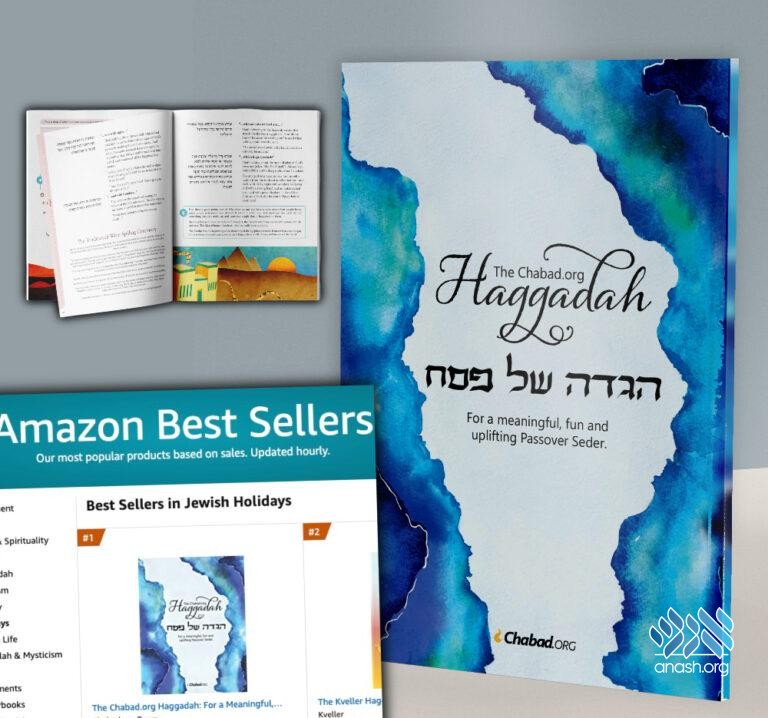
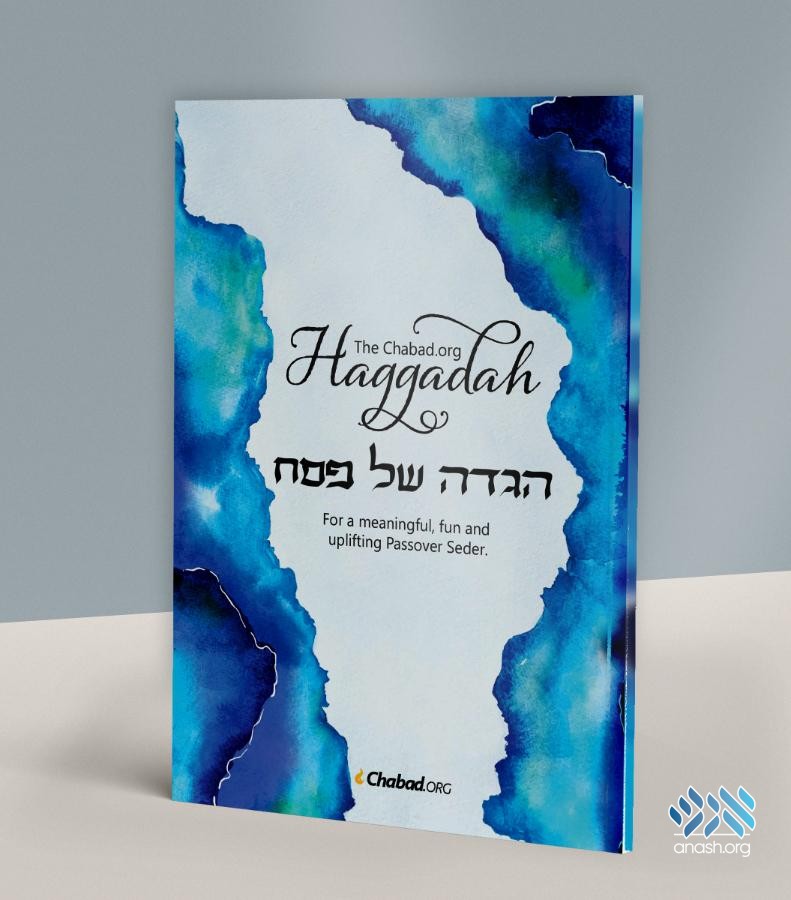
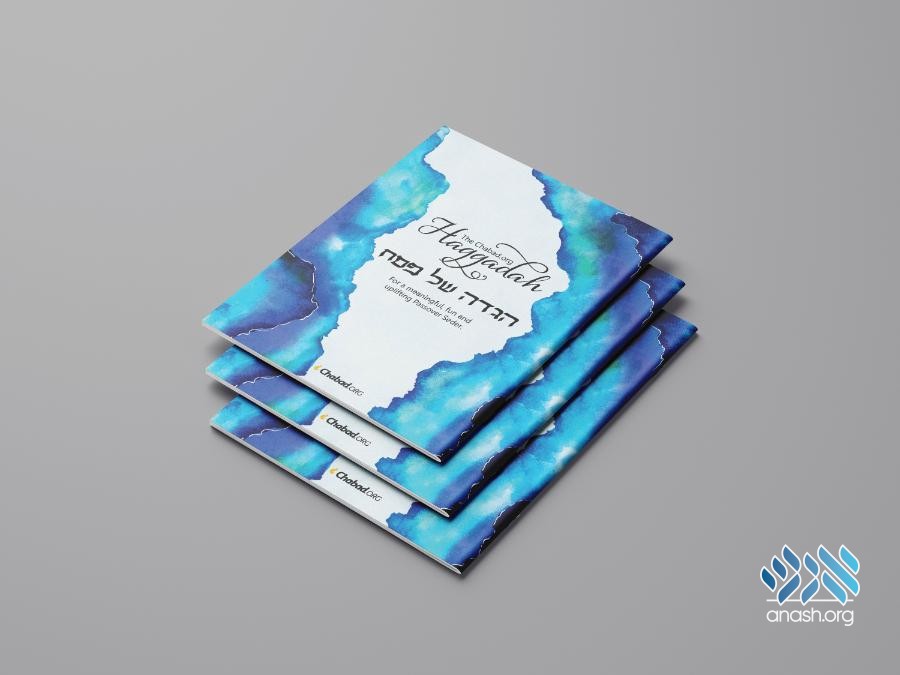
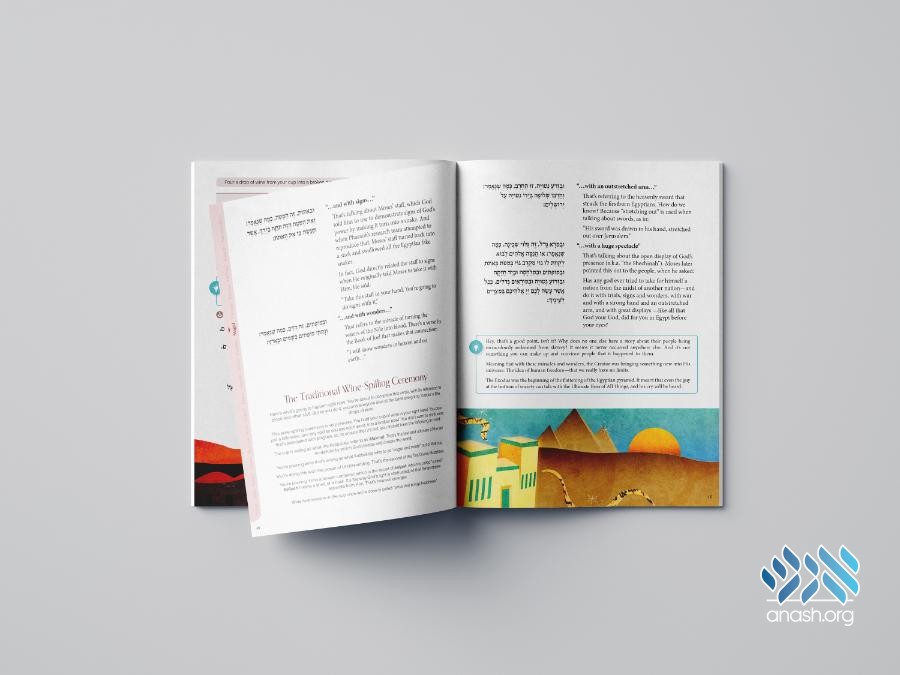



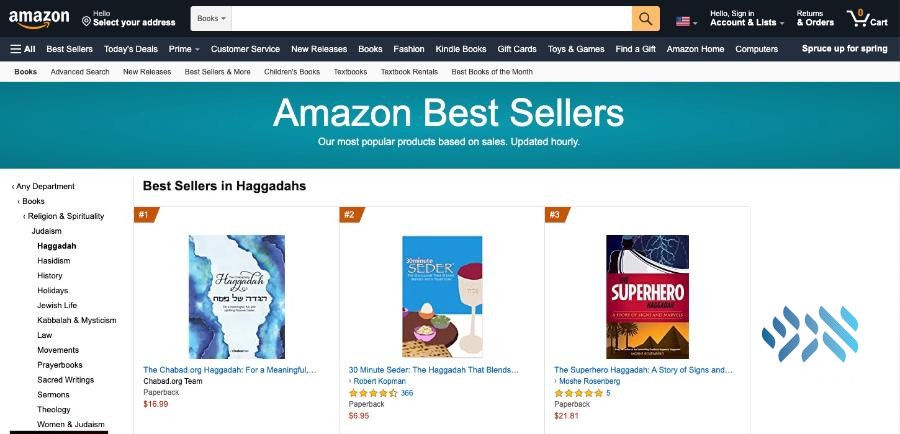

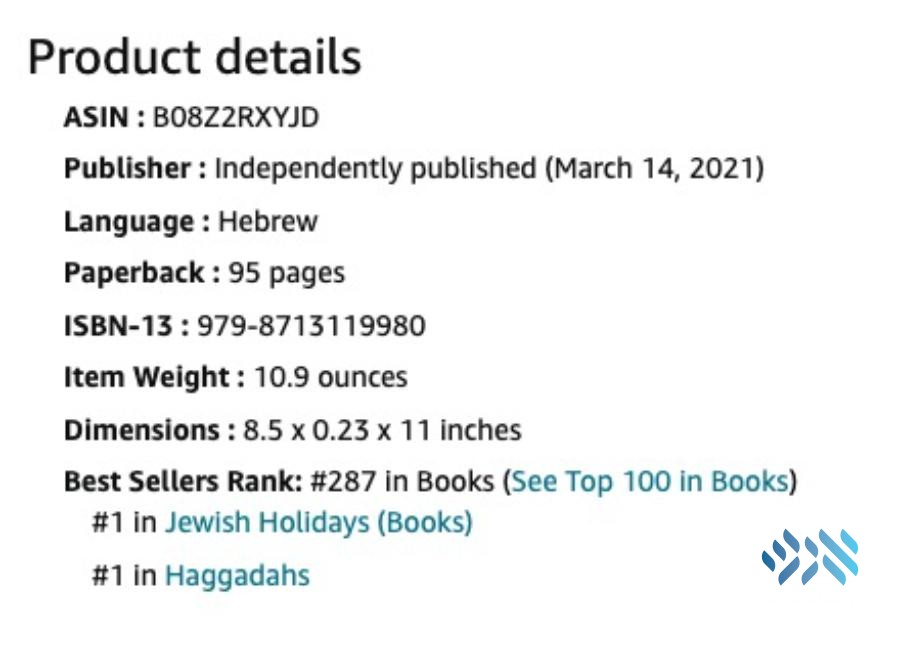
Discussion
In keeping in line with the Rabbonim's policies for websites, we do not allow comments. However, our Rabbonim have approved of including input on articles of substance (Torah, history, memories etc.)
We appreciate your feedback. If you have any additional information to contribute to this article, it will be added below.